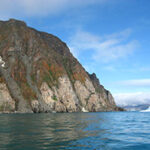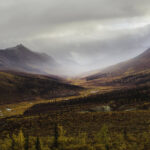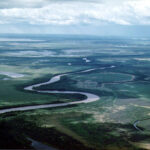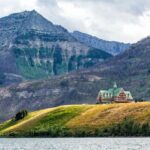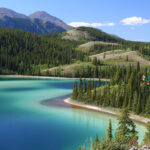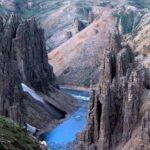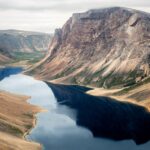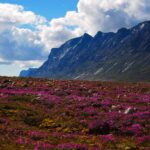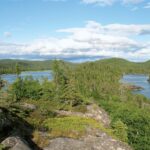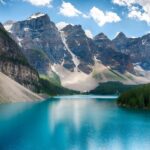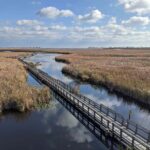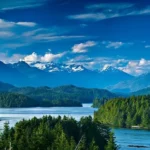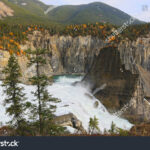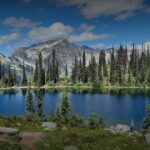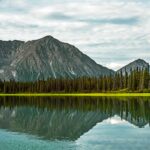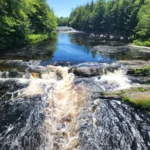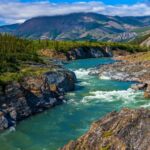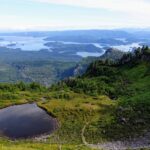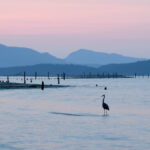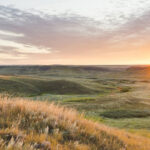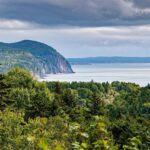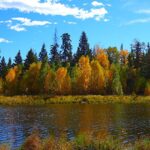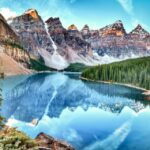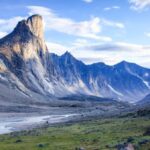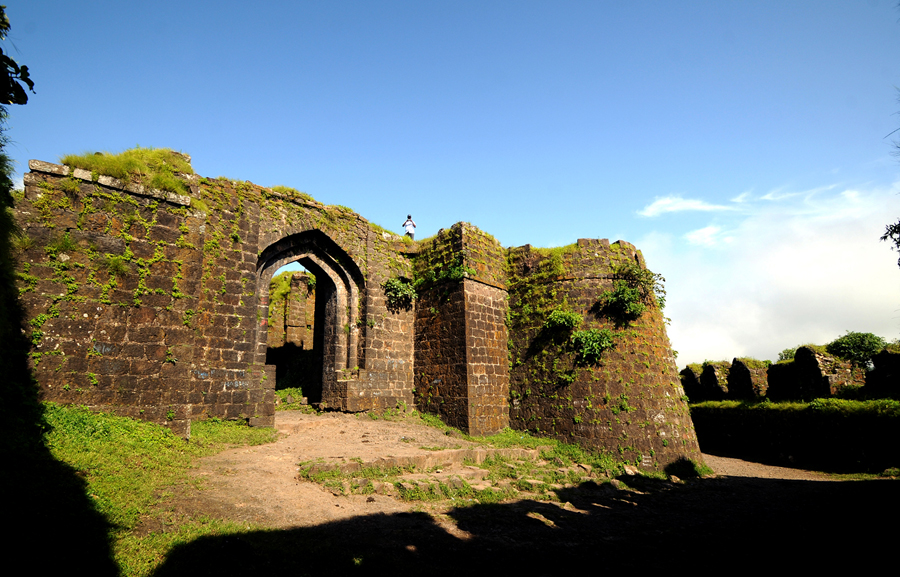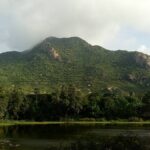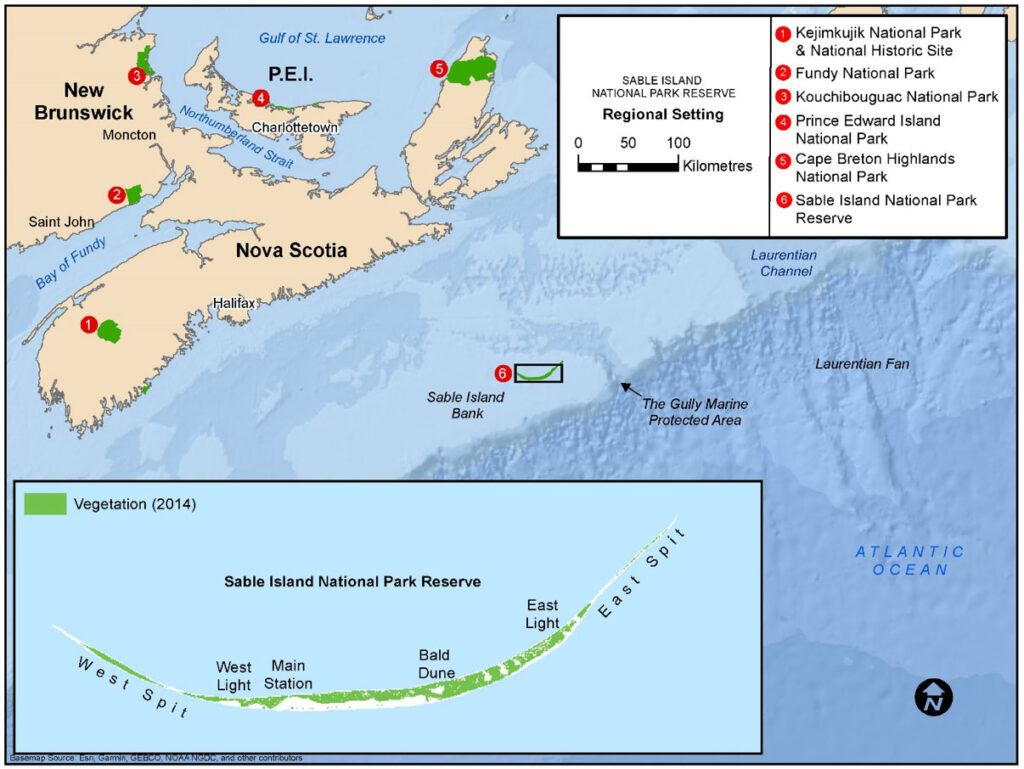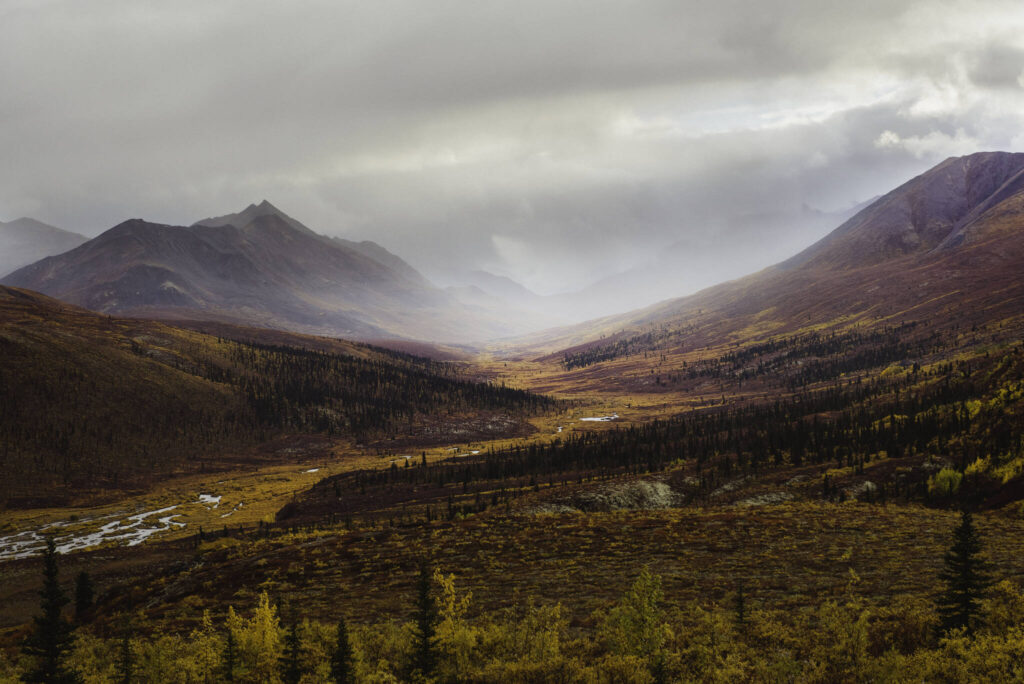Exploring Wilderness: Gugamal National Park
Embark on a journey into the heart of untamed beauty at Gugamal National Park, a pristine sanctuary located in the Satpura Range of Maharashtra, India. This national park, known for its diverse ecosystems and rich biodiversity, promises an immersive experience for nature enthusiasts. Let’s delve into the allure of Gugamal National Park, starting with its location and the pathways that lead to its captivating realms.
Location and Access
Gugamal National Park is nestled in the Amaravati district of Maharashtra, surrounded by the Satpura Range. The park is easily accessible from major cities in Maharashtra, with the nearest town being Chikhaldara. Visitors can reach Chikhaldara by road and then proceed to the park, enjoying a scenic drive through the picturesque landscapes of the Satpura region.
Exploring the Park’s Treasures
Gugamal National Park beckons wildlife enthusiasts and nature lovers to explore its treasures, creating an unforgettable experience amidst untouched landscapes. Here are the top 10 attractions that make this park a must-visit:
Gavilgad Fort
Explore the historic Gavilgad Fort, perched atop a hill within the national park. The fort offers panoramic views of the surrounding landscapes and adds a touch of history to the wilderness experience.
Chikhaldara Wildlife Sanctuary
Discover the Chikhaldara Wildlife Sanctuary, an integral part of Gugamal National Park. The sanctuary is home to diverse wildlife, including leopards, sloth bears, and various species of deer.
Bir Lake
Visit the serene Bir Lake, a tranquil water body surrounded by dense forests. The lake is a haven for birdwatchers, with numerous avian species found in the peaceful environs of Gugamal.
Kitchakdari Viewpoint
Ascend to the Kitchakdari Viewpoint for breathtaking vistas of the Satpura Range and the surrounding valleys. The viewpoint is an ideal spot for capturing the natural beauty of Gugamal National Park.
Hariken Point
Marvel at the scenic beauty of Hariken Point, offering panoramic views of the surrounding landscapes. The point is named after the Hariken tree, which is found in abundance in this region.
Mozari Point
Visit Mozari Point for stunning views of the Mozari village and the plains below. The point is a popular location for nature enthusiasts seeking a peaceful retreat within the national park.
Gugamal National Park Museum
Explore the Gugamal National Park Museum, where exhibits showcase the rich biodiversity and cultural heritage of the region. The museum provides valuable insights into the flora, fauna, and tribal culture associated with the park.
Panchbol Point
Admire the beauty of Panchbol Point, named after the five hills visible from this vantage point. The point offers a mesmerizing panorama of the Satpura Range and the surrounding wilderness.
Kalapani Dam
Visit the Kalapani Dam, a serene reservoir surrounded by greenery. The dam is an ideal spot for picnics and offers a peaceful setting for visitors to connect with nature.
Gulab Baba Temple
Explore the Gulab Baba Temple, a sacred site surrounded by the tranquility of nature. The temple adds a spiritual dimension to the park, attracting devotees and nature enthusiasts alike.
Gugamal National Park captivates visitors with its diverse attractions, offering a harmonious blend of historical landmarks, viewpoints, and wildlife sanctuaries. The park’s commitment to conservation and its role in preserving the natural heritage of Maharashtra make it a destination that promises an enriching and unforgettable experience.
Fun Fact
Did you know that Gugamal National Park is home to the Indian giant squirrel, a charismatic and endangered species known for its vibrant fur and distinctive appearance?
Embark on an adventure into the heart of untamed beauty at Gugamal National Park, where every step reveals a new facet of the park’s enchanting landscapes and vibrant ecosystems.

